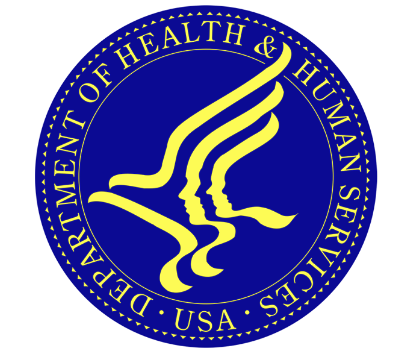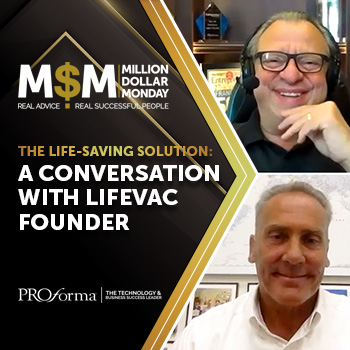 The Biden Administration is seeking the public’s help in designing the perfect face mask for protecting against the spread of COVID-19.
The Biden Administration is seeking the public’s help in designing the perfect face mask for protecting against the spread of COVID-19.
The Department of Health and Human Services launched the “Mask Innovation Challenge,” complete with $500,000 in cash prizes, looking for a new face mask design that can be mass produced and low-cost-per use for the general public.
In February, the federal government announced that it would send 25 million reusable face masks to health care centers and public aid locations, such as food banks. And while it doesn’t include this detail in the HHS contest description, it sounds like these masks could be used by the government again in the future.
The HHS website describes the challenge as a way for the government to design a mask that fits perfectly without issues like contact dermatitis or fogging eyeglasses; as well as ensuring that the mask works to the level that it is intended to.
That last point has been partially alleviated by the new face mask standards set in place for products in the retail market. While not mandatory, the certification process ensures to the customer that a face mask has been tested and protects against the virus as well as the packaging states that it does.
Uncertainty and a lack of standards is part of what prompted the government to create this program, stating “Many masks that are currently available tout unconfirmed protective capabilities that lack scientific evidence to support such claims. Overall, there is a need to develop better designs, materials, and technologies that are more acceptable to wearers that ensure quantified measures of performance.”
For Phase 1 of the program, the Department of Health and Human Services is seeking designs for face masks that achieve the following benchmarks:
- Achieve filtration efficiency ≥20% against a sodium chloride (NaCl) aerosol challenge with a count median diameter of 75 ± 20 nm and a geometric standard deviation of 1.86 at a flowrate of 85 ± 4 Lpm. If the specimen lies flat in the filter holder, the flowrate will be adjusted to achieve a face velocity of 10 cm/sec.
- Achieve inhalation airflow resistance of ≤15 mm H2O at a flowrate of 85 ± 4 Lpm. If the specimen lies flat in the filter holder, the flowrate will be adjusted to achieve a face velocity of 10 cm/sec.
- Ability to reduce inward leakage of particles into the breathing zone across the interface of the device and the face. The testing may be performed using people or a manikin headform.
During this phase, up to 10 winners can receive up to $10,000 each.
Phase 2 is the “Proof-of-Concept” portion, where participants will need to submit designs in response to hypothetical scenarios. Selected finalists will then submit prototypes for proof-of-concept testing by affiliated laboratories. This phase has a total prize purse of $400,000, split between five winners (although the methodology has not been determined yet).
While the vaccination efforts around the country are allowing people to return to some normal-life activities, and putting less of a strain on the health care system, the fight against COVID is still ongoing. Given how quickly manufacturers mobilized to create face masks for everyone, there are still bound to be imperfections. The standard created recently solves a lot of that problem, since customers no longer have to guess whether or not a face mask they buy will work as intended.
And since the Biden administration has already made it a point to send face masks to people in need in the U.S., after other state and local governments had done this over the course of 2020, a contest like this points to a larger rollout down the road, or at least a government-backed manufacturing effort.



